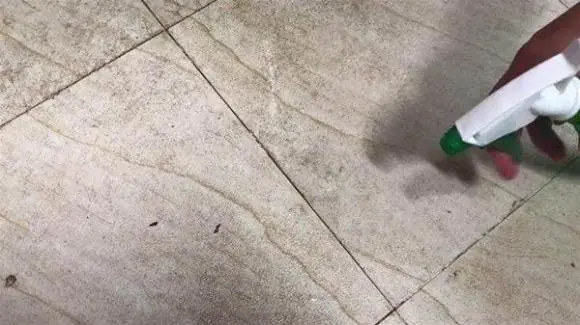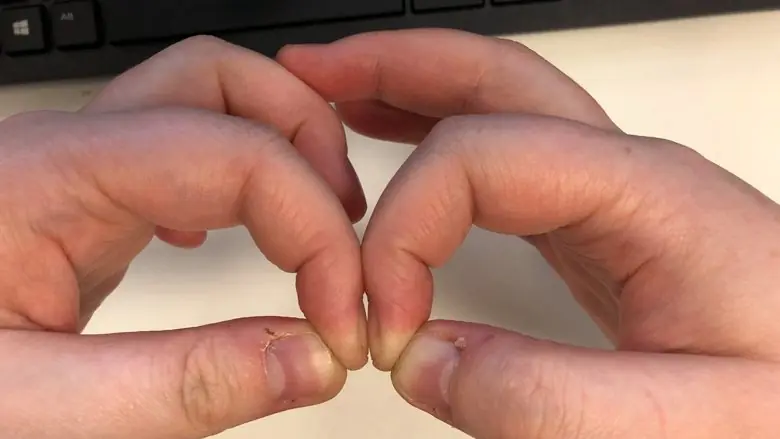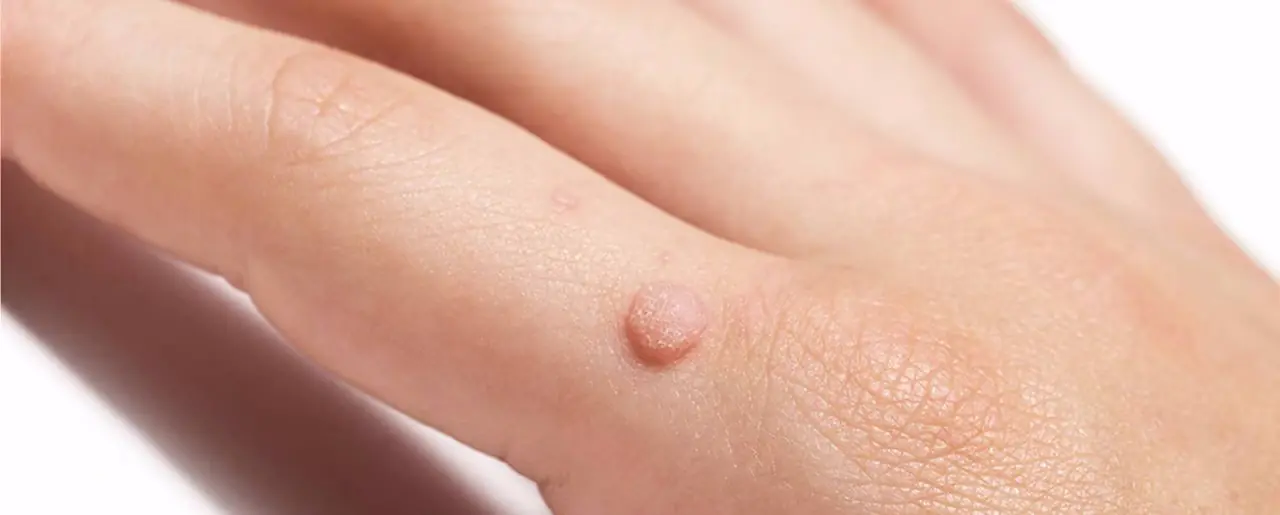
The Benefits of Epsom Salt Foot Soak: A Natural Remedy for Foot Pain and Health
Epsom salt foot soaks have long been a popular remedy for a variety of foot ailments. Whether you're dealing with foot pain, fungal infections, or simply want to relax, Epsom salt soaks can provide soothing benefits. But what exactly is Epsom salt, and how can it improve your foot health? Let's explore the benefits of this natural remedy, how to use it, and when to consult a healthcare provider.
What is Epsom Salt and How Does It Work?
Epsom salt, or magnesium sulfate, is a compound made up of magnesium, sulfur, and oxygen. Unlike table salt (sodium chloride), Epsom salt is not used for seasoning but for its medicinal and therapeutic properties. It’s been used for centuries as a natural remedy for pain relief, relaxation, and healing.
Although there is limited scientific evidence to confirm the direct absorption of magnesium through the skin, many people find Epsom salt soaks effective for easing foot pain and promoting relaxation.
How to Make an Epsom Salt Foot Soak
A simple Epsom salt foot soak is easy to prepare and can provide relief in just 30 minutes. Here’s how to do it:
-
Fill a basin or tub with warm water – Ensure the water is deep enough to submerge your feet.
-
Add 1/2 cup of Epsom salt – Stir until dissolved.
-
Soak your feet – Relax for 30 to 60 minutes, 2-3 times a week for best results.
-
Optional Aromatherapy – Add a few drops of diluted lavender, peppermint, or eucalyptus essential oil for added relaxation.
-
Moisturize – After soaking, apply a good moisturizer to prevent dry skin.
Epsom Salt Foot Soak Benefits
Epsom salt foot soaks can provide various health benefits. Some of the most common uses include:
1. Treating Fungal Infections
Epsom salt is often used as a complementary treatment for fungal infections like athlete’s foot and toenail fungus. While it doesn't cure the infection, it can help draw out impurities and soften the skin, making it easier to treat the infection. To aid in fungal infection treatment, you can add tea tree oil to your soak.
How to Use: Soak your feet for 20 minutes, twice daily, if you have a fungal infection. Always consult your doctor to ensure proper treatment and medication.
2. Exfoliation
The abrasive texture of Epsom salt makes it an excellent exfoliant. It helps to slough off dead skin and smooth rough, cracked feet. Regular use of an Epsom salt foot soak can keep your feet soft and smooth.
How to Use: After soaking your feet, massage a handful of Epsom salt onto rough areas like heels and calluses to exfoliate the skin.
3. Pain Relief
Epsom salt is known for its ability to relieve body pain caused by muscle soreness, tension, and inflammation. Although more research is needed, many people report that soaking their feet in Epsom salt helps alleviate pain from sore muscles and conditions like corns.
How to Use: For sore feet, soak your feet regularly to help reduce inflammation and pain.
4. Removing Splinters
Epsom salt can also help remove splinters. Soaking the affected area in Epsom salt can reduce swelling and soften the skin, making it easier to remove the splinter.
How to Use: Soak the affected foot in warm water with Epsom salt for 15-20 minutes. Once the skin softens, gently remove the splinter.
Precautions When Using Epsom Salt Foot Soaks
Although Epsom salt foot soaks are generally safe, there are a few precautions to consider:
- Consult with a doctor: If you have diabetes, kidney disease, heart problems, or are pregnant, talk to your healthcare provider before using Epsom salt soaks.
- Moisturize after soaking: Prolonged soaking in Epsom salt can dry out your skin, so always apply a good moisturizer afterward.
- Don’t replace professional treatment: While Epsom salt soaks can be beneficial for mild conditions, they shouldn’t replace prescribed medications or professional medical treatments.
When to Seek Professional Help
If you notice that your symptoms, such as fungal infections, foot pain, or slow-healing wounds, don’t improve with Epsom salt soaks, it’s important to consult with your doctor. Persistent issues may require more advanced medical intervention.
Conclusion
Epsom salt foot soaks can be a simple, relaxing, and effective remedy for various foot ailments. From treating fungal infections to exfoliating rough skin, this time-tested treatment can help improve your foot health. However, it’s essential to use Epsom salt soaks responsibly and consult a healthcare provider if you have underlying health conditions or if your symptoms persist.
For best results, make Epsom salt soaks a regular part of your foot care routine, but always ensure that you’re following the advice of your healthcare provider, especially when dealing with infections or chronic conditions.
Credit: This article is based on expert insights and health information from Healthline, Mayo Clinic, and Cleveland Clinic. For more information on Epsom salt and foot health, consult trusted healthcare sources or speak with a medical professional.
News in the same category


Restore Your Grout Lines with This Easy and Budget-Friendly DIY Cleaning Hack

12-Year-Old's Lifelong Dialysis: 5 Favorite Foods Secretly Damaging Your Kidneys

Eating While Screen-Obsessed? Here Are 4 Hidden Health Risks You’re Ignoring

How to Choose the Sweetest Pineapple: Long Leaves or Short?

8 Simple Yet Highly Effective Tips to Stop Snoring

Is It Necessary to Unplug Your Washing Machine After Use

The Hidden Costs of Frost Accumulation in Your Refrigerator: Understanding the Energy Drai

🍎 Why Do Imported Apples Stay Fresh for a Month Without Spoiling?

Top 3 Seat Positions with the Highest Survival Rates in Aviation Emergencie

Simple Finger Test Could Reveal Early Signs of Lung C@ncer and Other Health Issues
A simple finger test, known as the Schamroth window test, can help detect signs of lung c@ncer and other health conditions, including heart problems. Learn how to perform this easy test at home.

Start Your Day Right: 5 Foods That Safeguard Your Kidneys and Reduce Uric Acid

The Ultimate Health Blend: Honey, Cinnamon, Turmeric, Apple Cider Vinegar, and Chia Seeds for Better Health
Discover the powerful benefits of honey, cinnamon, turmeric, apple cider vinegar, and chia seeds. Learn how this natural blend can improve digestion, stabilize blood sugar, and enhance bone and heart health.

Revolutionary C@ncer Treatment: Doctors Target Tumors Without Chemotherapy

Why Your Underwear Gets Bleach-Like Stains: Gynecologist Explains the Causes and What It Means for Your Health
Discover why your underwear may have bleach-like stains and why it's completely normal. A gynecologist explains the role of vag!nal discharge and how it can affect your underwear fabric. Learn when to be concerned and how to maintain vag!nal health.

12 Effective Ways to Remove a Wart on Your Finger
Discover effective methods for removing warts on your fingers, from at-home remedies like salicylic acid and duct tape to professional treatments. Learn how to identify, treat, and prevent warts with expert advice.

5 Household Items That Harbor Formaldehyde: Hidden Cancer Risks Lurking in Your Home

Air Conditioner Efficiency: Continuous Use vs. Frequent Switching

What Homebuyers Need to Know: 5 Locations to Avoid When Buying Property

Don't plant these 5 trees indoors: The more they thrive the more they're believe to drain human energy, attracting constant bad luck
News Post

Beyond the BuII!e$: How One Girl Stitched Her Way Back to Confidence with Crochet
After facing buIIy!ng for her unique style, a 6th-grade girl found her voice and confidence again through crochet. Discover this inspiring story of artistic triumph, self-expression, and how handmade passion can build an empire, one stitch at a time.

Long vs. Round Eggplants: Which One Should You Choose?

The Heartbre@king Selfie: A Dream Shattered in the Blink of an Eye
On June 12, a family’s dream of a new life in London ended tragically in a plane crash. Discover the emotional story of Pratik Joshi’s family, their dreams, and the reminder that life is fragile.

Restore Your Grout Lines with This Easy and Budget-Friendly DIY Cleaning Hack

12-Year-Old's Lifelong Dialysis: 5 Favorite Foods Secretly Damaging Your Kidneys

5 DIY Skin Toners for Radiant, Smooth Skin: Natural Remedies for Every Skin Type
By incorporating these simple DIY toners into your daily skincare regimen, you can achieve smoother, clearer, and more radiant skin without the need for expensive products.

Eating While Screen-Obsessed? Here Are 4 Hidden Health Risks You’re Ignoring

Should You Stay or Let Go? How I Realized I Wasn't His First Choice
A heartfelt and emotional journey of love, heartbreak, and self-discovery. When your partner is still hung up on their ex, is it worth fighting for the relationship? Discover the painful truth behind choosing yourself over unrequited love.

Vaseline and Coffee: The Ultimate DIY Skincare Duo to Achieve Wrinkle-Free Skin Naturally
By incorporating these ingredients into your skincare routine through DIY masks and scrubs, you can rejuvenate your skin, reduce the appearance of wrinkles, and achieve a youthful, radiant complexion.

The Flowers that Kept Us Apart: A Love Story Decades in the Making
A woman embarks on a journey to find out the truth behind mysterious flowers sent to her every year, only to uncover a love story that had been hidden for 20 years.

I Found My Husband's Secret Conversations With Another Woman – And What He Told Me Br0ke My Heart
A wife discovers her husband's secret texts with a woman he met at a strip club. What seemed like innocent conversations quickly turns into an affair, and now she has to decide if she can ever trust him again.

Weight Loss Drink: Consume These 2 Herbal Drinks To Detox and Lose Weight Naturally
These two natural detox drinks-Spiced Lemon-Honey Drink and Cumin Water-are simple yet powerful remedies for boosting metabolism, improving digestion, and reducing belly fat.

How to Choose the Sweetest Pineapple: Long Leaves or Short?

Abandoned Child, Heartbre@king Note, and the Sh0cking Truth Behind a Family's Dark Secret
When a woman discovers an abandoned child with a mysterious note, she’s thrust into a tangled web of secrets, betrayal, and an inheritance that changes everything. Dive into this captivating story of hidden truths and the love that saves a life.

8 Simple Yet Highly Effective Tips to Stop Snoring

Is It Necessary to Unplug Your Washing Machine After Use

4 Natural Potato Remedies to Fade Dark Spots and Achieve Even Skin Tone
Potatoes are a natural and effective solution for treating dark spots, pigmentation, and uneven skin tone.

The Hidden Costs of Frost Accumulation in Your Refrigerator: Understanding the Energy Drai

Homemade Vitamin C Serum: DIY Recipe for Clear, Glowing, and Ageless Skin
A homemade Vitamin C serum is a natural, affordable, and effective way to achieve radiant, youthful skin.
